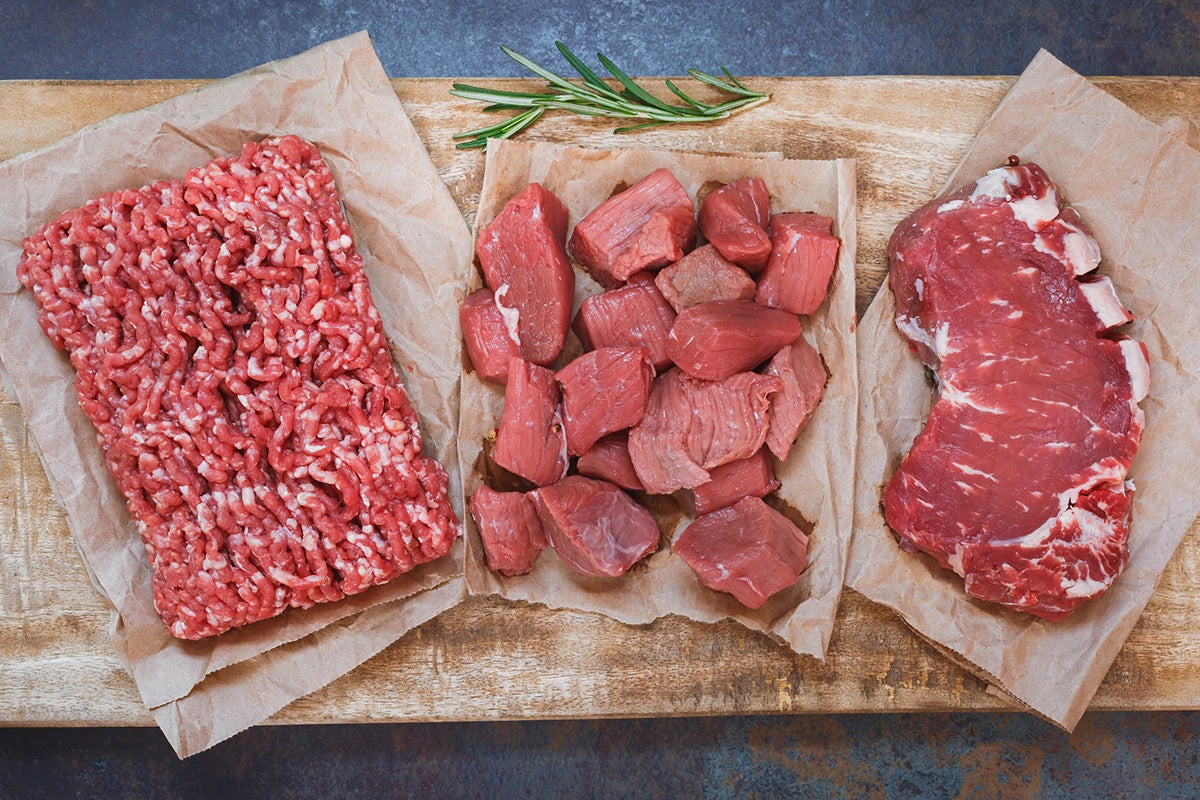analysed data spanning 36 years from over 200,000 adults enrolled in the Nurses’ Health Studies I and II and the Health Professionals Follow-up Study.
So they looked at some data and found that the more heme you ate the higher chance of developing type 2 diabetes. That sounds a lot like a correlation not causation. What was the rest of their diet like? Did the higher heme eaters also consume more in general? I could not find a non paywalled copy of the paper (though I did not look that hard tbh) so cannot tell how good the study was, but from what I read I would not put any stock into these results.
Like so many other dietary studies that make the headlines, they really don’t paint the whole, or even a useful part of the picture.
In part, according to one of the head researchers, “compared to prior studies that relied solely on epidemiological data, we integrated multiple layers of information, including epidemiological data, conventional metabolic biomarkers, and cutting-edge metabolomics”.
So in addition to finding the metadata, they also dug into the biomarkers present, which the molecular pathways are already known in detail. On top of this, metabolomics interpreted the chemical processes involving metabolites, the small molecule substrates, intermediates, and products of cell metabolism. Together, these aspects helped demonstrate the molecular consequences of ingesting animal products. The epidemiological layer assessed the incidence rate of developing T2D and then investigated how many involved the consumption of animal products for the individuals.
This being the case, it appears to be more than just correlation, as once the metadata was found, the team investigated the causation of the metadata’s findings.
You don’t think the Department of Nutrition at Harvard would’ve thought to try and control for this?
Not on sci-hub yet but here’s a similar one:
https://jn.nutrition.org/article/S0022-3166(22)02864-4/fulltext#secsect0020
Honestly I cannot tell. Nutrision studies are very hard to do and you often see contradictory studies released all the time. I don’t think media should be reporting on these studies. Better to report on the meta analysis studies that take a much more holistic view on the subject.
And making heme is what they are proud of at impossible foods. https://impossiblefoods.com/heme
“Heme is what makes meat taste like meat. It’s an essential molecule found in every living plant and animal – most abundantly in animals – and something we’ve been eating and craving since the dawn of humanity. Here at Impossible Foods, our plant-based heme is made via fermentation of genetically engineered yeast, and safety-verified by America’s top food-safety experts and peer-reviewed academic journals. Watch more below.”
This is another reason to favor Beyond over Impossible! Additionally, Beyond has always been gluten-free while Impossible made their recipe gluten-free years down the road.
Would imagine that their main goal is to make it easier for the average current meat eater consumer to actually try non-meat options. And is their version of heme the same level of problem as actual meat based heme?
Flame broiled Type 2 Heme iron steak sounds delish
Sounds like an obscure garage tool to me.




